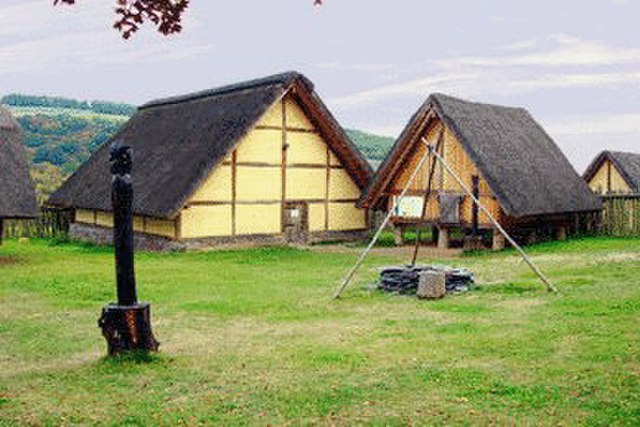Ancient Celtic religion, commonly known as Celtic paganism, was the religion of the ancient Celtic peoples of Europe. Because there are no extant native records of their beliefs, evidence about their religion is gleaned from archaeology, Greco-Roman accounts, and literature from the early Christian period. Celtic paganism was one of a larger group of polytheistic Indo-European religions of Iron Age Europe.
Model reconstructing the Pillar of the Boatmen in the Musée de Cluny, Paris. After 14 AD.
The Strettweg Cult Wagon, c. 600 BC
One of a pair of British "divining spoons"
Image of an antlered figure on the Gundestrup cauldron, interpreted by many archaeologists as being cognate to the god Cernunnos.
The Celts or Celtic peoples were a collection of Indo-European peoples in Europe and Anatolia, identified by their use of Celtic languages and other cultural similarities. Major Celtic groups included the Gauls; the Celtiberians and Gallaeci of Iberia; the Britons, Picts, and Gaels of Britain and Ireland; the Boii; and the Galatians. The relation between ethnicity, language and culture in the Celtic world is unclear and debated; for example over the ways in which the Iron Age people of Britain and Ireland should be called Celts. In current scholarship, 'Celt' primarily refers to 'speakers of Celtic languages' rather than to a single ethnic group.
The Dying Gaul, an ancient Roman statue
The La Tène–style ceremonial Agris Helmet, 350 BC, Angoulême city Museum in France
Reconstruction of the Hochdorf Chieftain's Grave, Stuttgart, Germany
Reconstruction of a late La Tène period settlement in Altburg near Bundenbach, Germany (first century BC)








